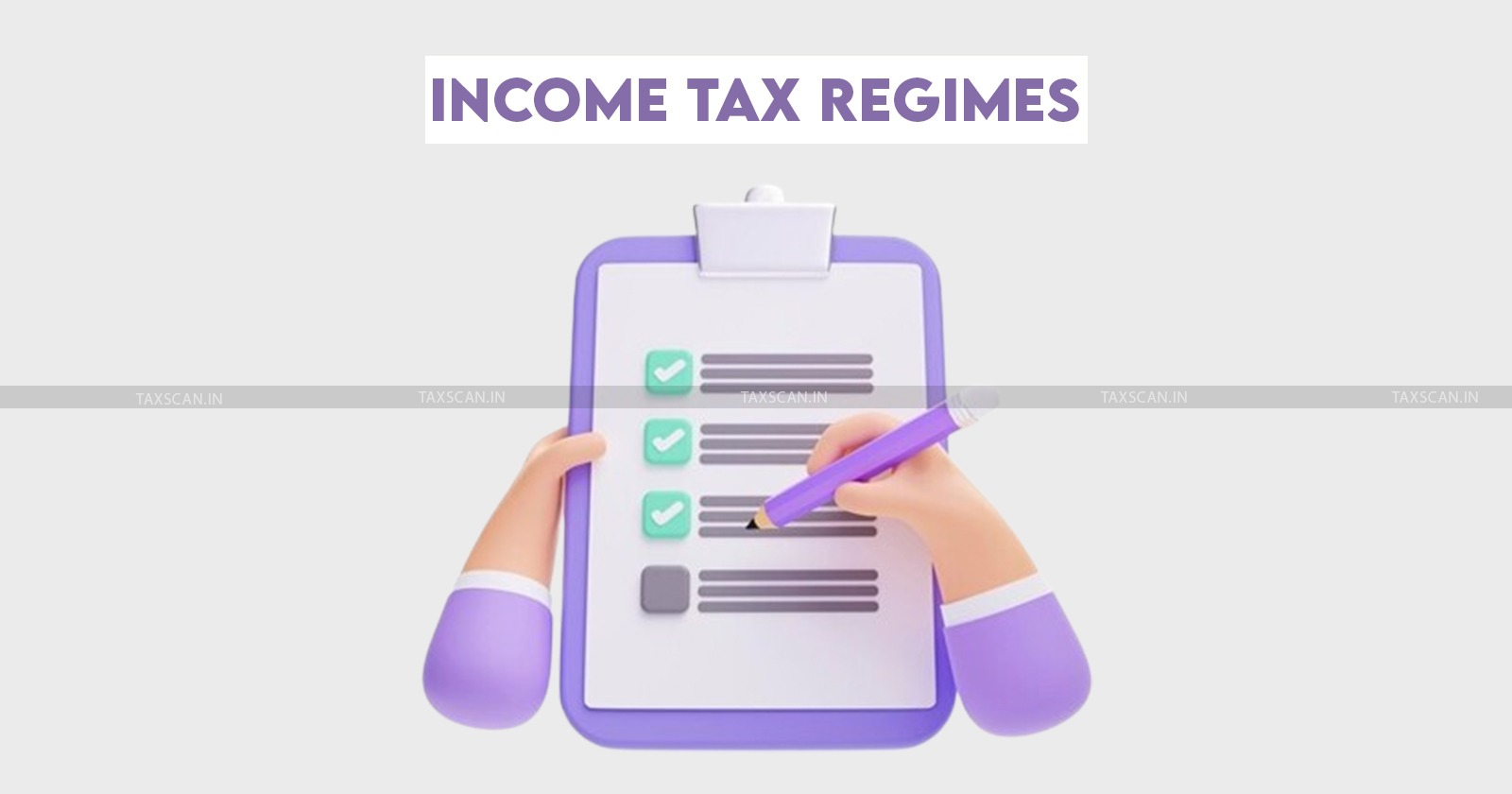New and Old Tax Regimes in India: A Comparative Analysis
Since 2023, when the Central Government made the new tax regime the default tax system, questions have arisen regarding which tax system is preferable and how to make the ideal choice

New and Old Tax – New Tax – New Tax Regime – taxscan
New and Old Tax – New Tax – New Tax Regime – taxscan
The new tax regime, which will be the default form of taxation, will have lower tax rates but do away with certain exemptions and deductions, in contrast to the old regime.
In this article, you will explore the dissection of the new and old tax regimes, offering clarity on tax slabs and income tax rates.
New Tax Regime
The government put into effect Section 115 BAC of the Income Tax Act, 1961 as an alternative to the old regime, making it optional for individuals and Hindu Undivided Family (HUF), starting from April 1, 2020.
The new regime is structured with six slabs, where tax rates range from 0% to 30%, and it primarily offers a standard deduction of Rs. 50,000/-. Compared to the previous tax regime, the new approach simplifies the process of tax filing.
Key features of the new regime include:
- Basic exemption limits are set at Rs. 3 lakh for the financial year.
- Certain deductions and exemptions, which were prominent in the old regime, have eliminated
- Simplifies the process of tax filing.
Old Tax Regime
The old regime allows individuals and Hindu Undivided Families to choose the option of availing certain deductions and exemptions under the Income Tax Act.
The deductions for allowances for investments in Provident Fund (PF), Public Provident Fund (PFF), Equity Linked Savings Scheme (ELSS), National Pension System (NPS) etc. and the deductions for expenses such as medical insurance premiums, education loans and house rent were included in the regime.
Key features and benefits under the old regime include:
- Deductions up to Rs. 25,000/- or Rs. 50,000/- for senior citizens in health insurance premiums under Section 80D of the Income Tax Act.
- No monetary limit on the deduction for interest paid on educational loans under Section 16.
- Promotes long-term savings and investments in specified tax-saving instruments.
Although the old tax regime has higher tax rates, it offers around 70 exemptions and deductions, which can significantly reduce taxable income.
Comparison of Tax Slabs
The new regime makes tax filing easier, offers lower tax rates and provides certain exemptions.
Here's a closer look at how these tax slabs compare:
Income Tax Slabs under New Tax Regime
| Income up to 3 lakh | Nil |
| 3 lakh to 6 lakh | 5% |
| 6 lakh to 9 lakh | 10% |
| 9 lakh to 12 lakhs | 15% |
| 12 lakhs to 15 lakhs | 20% |
| Above 15 lakh | 30% |
Income Tax Slabs under Old Tax Regime
| Income up to 2.5 lakh | Nil |
| 2.5 lakh to 5 lakh | 5% |
| 5 lakh to 7.5 lakh | 10% |
| 7.5 lakh to 10 lakh | 15% |
| 10 lakh to 12.5 lakh | 20% |
| Above 12.5 lakh | 30% |
The new tax regime simplifies the tax structure by providing uniform tax rates for all individuals, whereas the old regime had multiple tax slabs based on age and income, catering to a more segmented population.
Support our journalism by subscribing to Taxscan premium. Follow us on Telegram for quick updates


